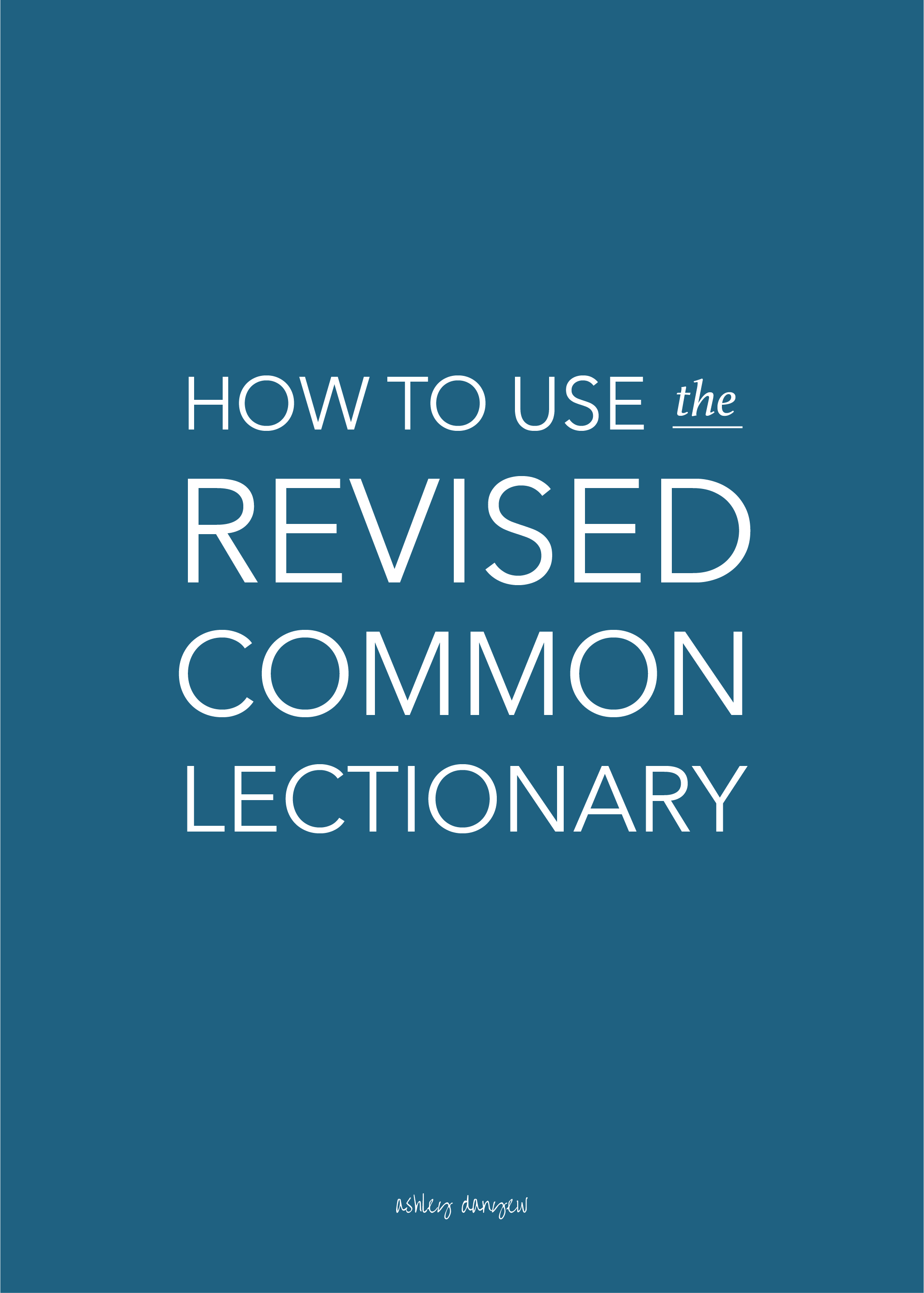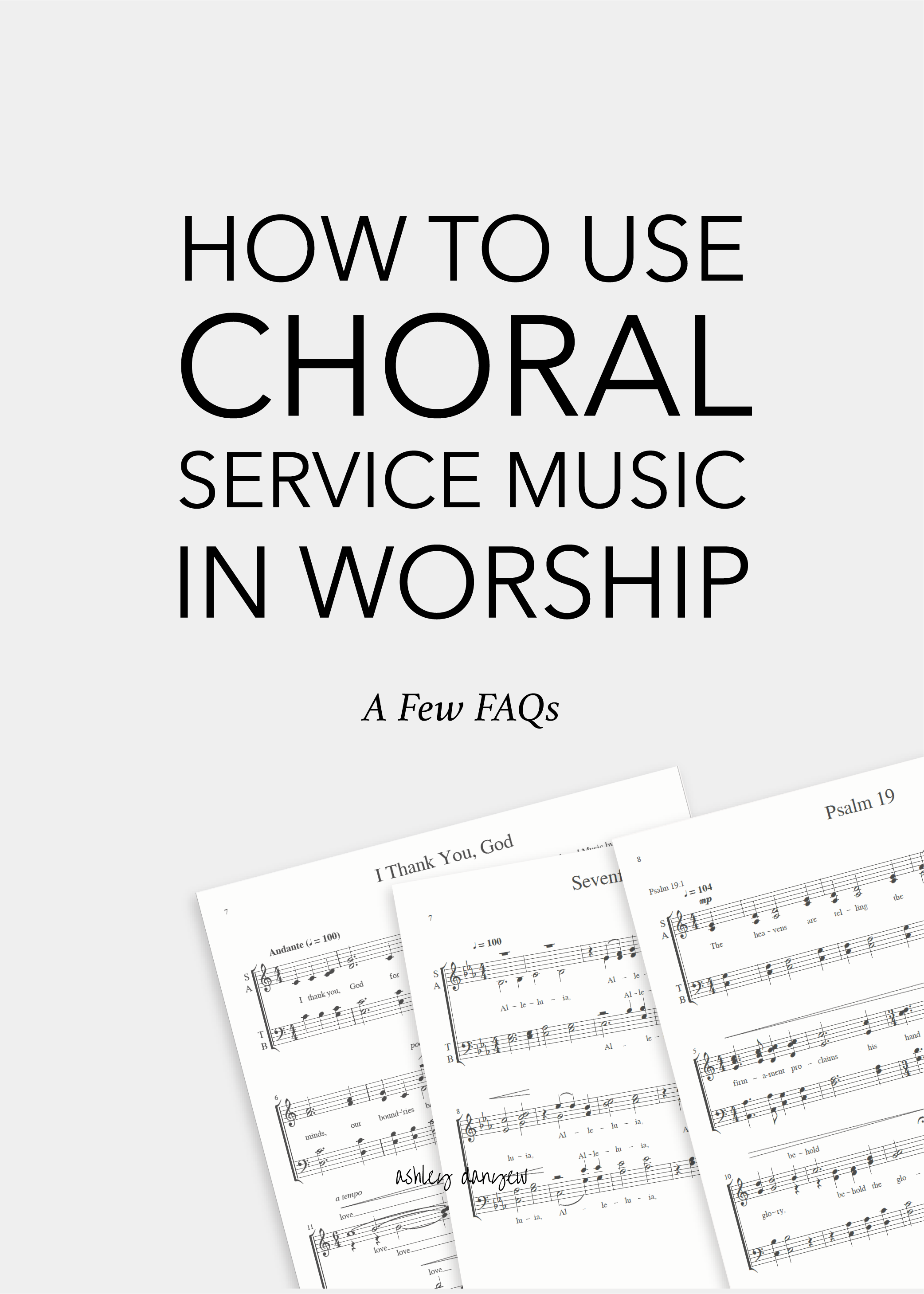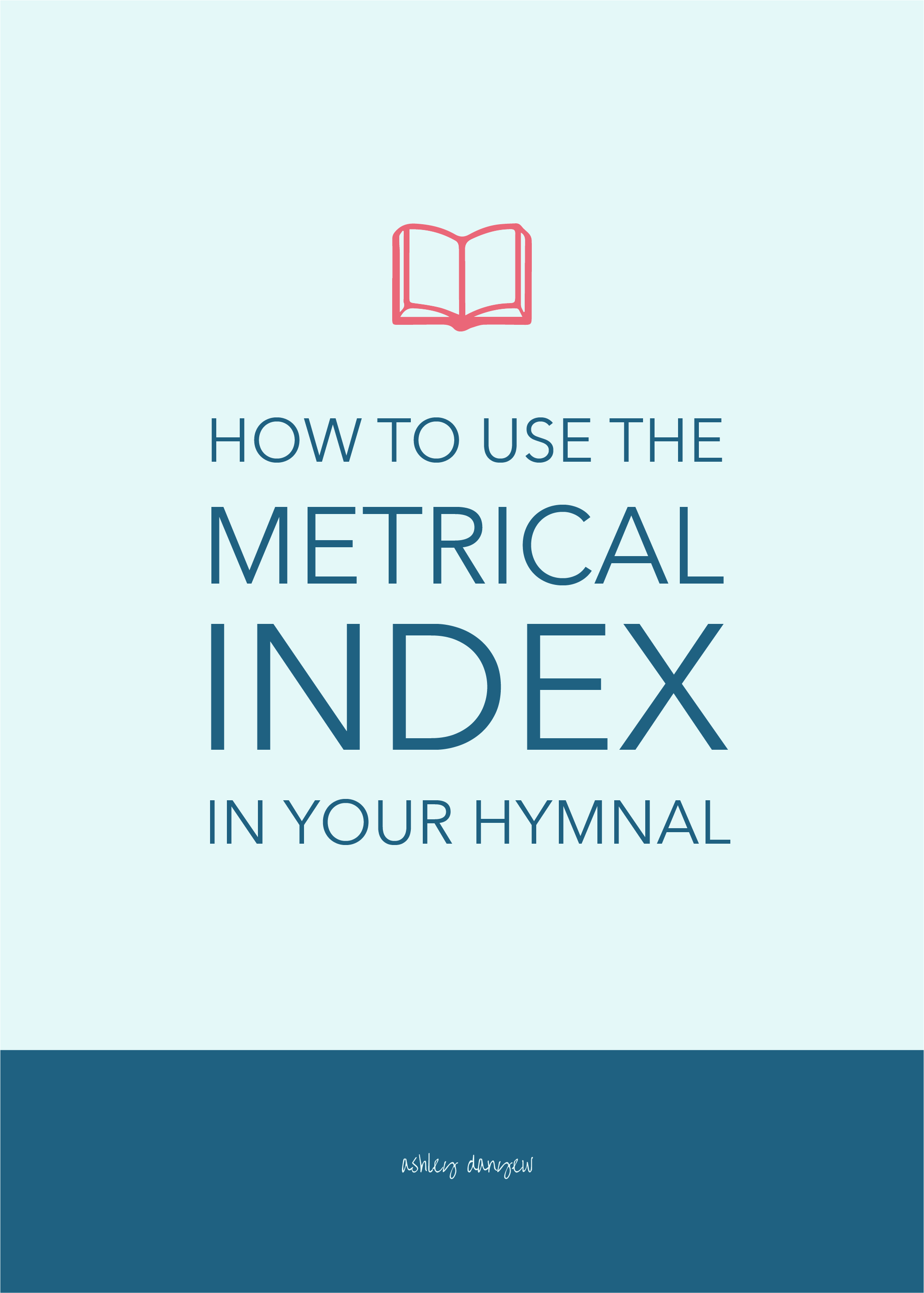“A lectionary is a collection of readings or selections from the Scriptures, arranged and intended for proclamation during worship of the people of God.” (source)
Used as a guide in services of worship across denominations, the lectionary is a useful tool for choosing and sequencing Scripture readings and related music and liturgy for weekly worship.
Today, I’m writing about the Revised Common Lectionary - its history, benefits, how it's organized, and how to use it to guide your worship planning from week to week.
Let's get started!
History
The idea is not a new one: The first lectionary is believed to date back to the 4th century. (source)
The lectionary we use today has its roots in the Roman Catholic Ordo Lectionum Missae (1969), a three-year cycle of readings which emerged after Vatican II. In the years that followed, several Protestant denominations began creating their own versions of the lectionary, including the version that appeared in the Lutheran book, Contemporary Worship 6 in 1973 (source) and the Episcopal Book of Common Prayer in 1979 (source).
The Common Lectionary, a collaborative, ecumenical project, was published by the Consultation on Common Texts in 1983, followed by The Revised Common Lectionary (RCL) in 1992.
Today, the RCL is used widely around the world and across denominations, including United Methodist, Presbyterian (USA), Disciples of Christ, American Baptist, Reformed Church in America, United Reformed Church, The Church of England, Episcopal (as of 2006), Lutheran, United Church of Christ, Unitarian Universalist, and numerous others.
Benefits
There are many benefits to using some form of a lectionary to guide your worship planning. Here are a few prominent benefits of using the RCL:
Consistency
There’s something to be said for the consistency the lectionary provides. The readings are carefully chosen based on a common theme and/or sequenced from week to week. The progression of readings from week to week often highlights the journey through each liturgical season: "Within each of the major seasons of Lent, Easter, Advent, and Christmas-Epiphany, the flow of the season is reflected in all the Scripture texts, taken together as a set for each Sunday.” (source)
Planning
Using the lectionary helps pastors, church musicians, Christian Education directors, and others involved in worship planning stay on the same page and plan far ahead. Because the readings are already selected for each day, those who need to plan several months ahead (like church musicians!) have the ability to do so without necessarily relying on other staff members to have their planning done.
Breadth
There’s inherent variety in having readings chosen from four different places in the Bible each week. This gives congregations an opportunity to hear passages they wouldn’t necessarily hear otherwise, pastors an opportunity to preach on texts they wouldn’t necessarily preach on otherwise, and church musicians to explore themes and choose music, hymns, and songs they might not choose otherwise.
Connection
The lectionary connects us to our church history of centuries past: The traditions of reading semicontinuous passages of Scripture from week to week and incorporating Psalmody into our communal worship practices.
"The Common Lectionary has enabled churches to recover the practice of sung psalmody on a weekly basis, as an inspection of the Presbyterian and United Methodist hymnals in the United States will show.” (source)
In addition, the RCL connects us to numerous other churches and denominations around the world that are reading and meditating on the same passages of Scripture each week and perhaps even singing some of the same hymns and songs.
Related post:
What's in a Name? An Historical Look at Several Mainstream Protestant Denominations
How It's Organized
The RCL is a three-year cycle, organized as Year A, Year B, and Year C. Each year includes three selected readings and a Psalm or Canticle response for every Sunday of the year.
Old Testament Reading
From the beginning of the year (Advent) until Easter Sunday, the Old Testament reading included is closely related to the Gospel reading of the day. “The Old Testament passage is perceived as a parallel, a contrast, or as a type leading to its fulfillment in the gospel.” (source)
From the first Sunday after Trinity Sunday to Christ the King Sunday (the last Sunday before Advent), there are two tracks for reading the Old Testament:
Old Testament readings closely related to the Gospel readings
Semicontinuous Old Testament readings
(source)
The idea is for churches to choose one track to use, rather than switching between them during the year.
Psalm or Canticle Response
The Psalm or canticle that’s included each week is intended as a response to the Old Testament/first reading (not as a standalone reading). (source)
New Testament (Epistle) Reading
Each week, a reading from one of the other books of the New Testament is included. These vary from year to year.
Gospel Reading
Each year is organized around the semicontinuous reading of one Gospel. "Year A is the year of Matthew, year B is the year of Mark, and year C is the year of Luke. John is read each year, especially in the times around Christmas, Lent, and Easter, and also in the year of Mark, whose gospel is shorter than the others.” (source)
For comparison, here is a brief overview of each year in the RCL:
Year A
Gospel focus: Matthew
Old Testament: Isaiah
New Testament: Romans, 1 Corinthians
Easter season Gospel focus: John, Matthew
Easter season first reading: Acts
Easter season New Testament: Romans, 1 Peter
After Pentecost Gospel focus: Matthew
After Pentecost Old Testament: Genesis, Exodus, Leviticus, Numbers, Deuteronomy, Joshua, Judges
After Pentecost New Testament: Romans, Philippians, 1 Thessalonians
Stories & Themes: the coming of Christ, Jesus’ manifestation and preaching, narratives of faith, covenant with Moses, Israel and the promised land, reign of Christ
Year B
Gospel focus: Mark
Old Testament: various
New Testament: 1 Corinthians, 2 Corinthians
Easter season Gospel focus: John, Luke
Easter season first reading: Acts
Easter season New Testament: 1 John
After Pentecost Gospel focus: Mark
After Pentecost Old Testament: Davidic covenant and Wisdom literature
After Pentecost New Testament: 2 Corinthians, Ephesians, Hebrews, James
Stories & Themes: the coming of Christ, Jesus’ ministry, narratives of faith, covenant with David, Wisdom literature, reign of Christ
Year C
Gospel focus: Luke
Old Testament: various
New Testament: 1 Corinthians
Easter season Gospel focus: Luke, John
Easter season first reading: Acts
Easter season New Testament: Revelation
After Pentecost Gospel focus: Luke
After Pentecost Old Testament: Elijah, Elisha, Amos, Hosea, Isaiah, Jeremiah, Joel and Habbakuk
After Pentecost New Testament: Galatians, Colossians, 1 Timothy, 2 Timothy, 2 Thessalonians
Stories & Themes: the coming of Christ, Jesus’ ministry, narratives and prophecies of faith, Jeremiah, reign of Christ
How to Use the Revised Common Lectionary
If the lectionary is new to you, you might be thinking, “This all sounds great, but how do I actually use the lectionary in my weekly services?”
Here’s a quick how-to guide:
First, you’ll need to decide how many Scripture readings to include in your service of worship. Most churches have two readings each week, but some have three, and some may only have one. If you’re doing any less than three, you’ll need to choose which lectionary readings of the three to include in your services each week.
Regardless of how many readings you use on Sunday morning, spend some time reading through all the selected readings in the RCL and make a list of common keywords and themes as you go. This is a useful practice for all who are involved in worship planning, regardless of whether or not you’re the one choosing the passages for worship.
Next, choose which readings from the RCL you’d like to include in your services. Take the time to do this for the next few months, rather than just planning a few weeks at a time. Think thematically from week to week and what particular texts you’d like to highlight or use as the primary message of the day.
Often, the pastor does this step, though sometimes it’s a collaborative effort between clergy, lay leaders, and other staff members. The readings may be shortened or lengthened, with appropriate discretion. Suggestions for extending the passage are often indicated in parentheses. (source)
Once the readings are in place, think about other ways to highlight the other RCL texts - through hymns, songs, anthems, and liturgy. Use that list of keywords and themes you came up with a minute ago and search hymn databases like Hymnary.org (or the thematic index in the back of your hymnal), your anthem library, and other online worship resource sites for things like Calls to Worship, prayers, confessions, creeds, and responses that tie in.
If you’re in a church that has a psalter (and a congregation that knows how or is open to using it), consider incorporating a responsive reading of whatever the Psalm of the day is, and teach your congregation the sung response.
For more on this topic, see this post: “Singing the Psalms: A Guide for Modern Worship.”
Related posts:
An Inside Look at My Worship Planning Process
How I Choose Songs and Hymns for Worship
Resources
Interested in learning more about the RCL? Here are a few great resources:
The Revised Common Lectionary (Consultation on Common Texts)
Using the Lectionary (Barry Sanford)
Lectionary Summaries (thematic summaries of the readings for each Sunday) (Lutheran Church Missouri Synod)
I’d love to hear from you:
Does your church use the RCL? How do you use it in your worship planning?





































